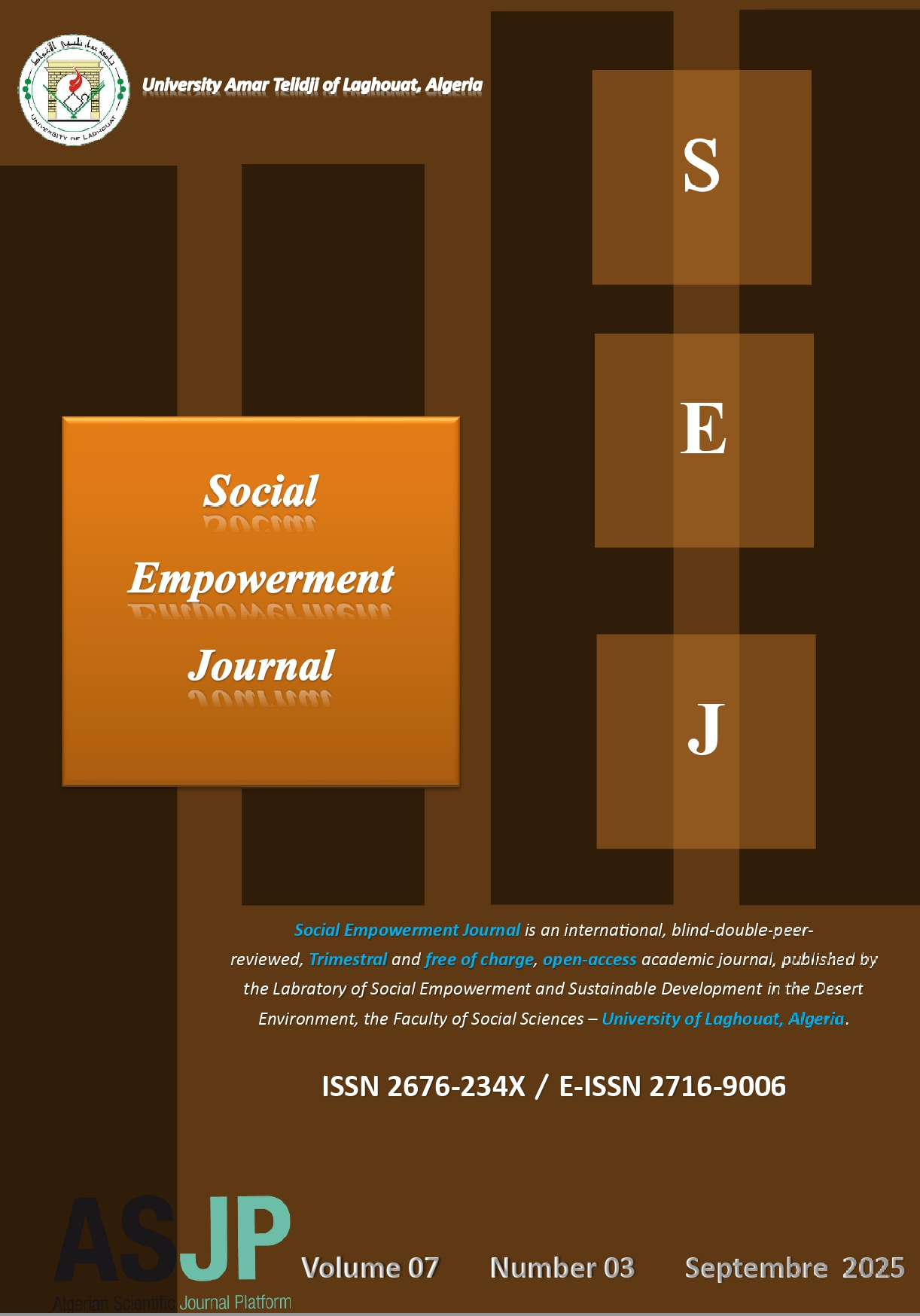A Study on the Influence of the Country of Origin on Women’s Purchasing Behavior: A Case Study of Kitenge Garment
Abstract
This study analyzes the impact of the nation of origin on women's purchasing behaviors of Kitenge garments. A discussion with a few women was organized to gain insight into their purchasing behavior for kitenge garments, particularly in the country whose kitenge garment is preferred, and the attributes they seek when planning to buy it. Responses obtained were used to develop an instrument for the study. A sample of 100 Women was selected, considering that women are the major users of Kitenge garments. A descriptive design was employed, utilizing convenience sampling as the sampling technique. A personal interview was used as a data collection technique. The findings showed that 82 percent of respondents were aware of the presence of imported Kitenge garments in the market. Regarding the country of origin whose imported kitenge garment is preferred, respondents ranked the Netherlands first, followed by Senegal, the Democratic Republic of Congo, and the United Kingdom. Concerning the attributes that influence the purchase of Kitenge garments, the texture was ranked first, followed by the country of origin, price, appearance (color), brand name, and durability. The findings would be very useful to the local manufacturers of Kitenge as they will understand what factors influence women to buy Kitenge garments, thereby making their products more competitive. Managerial implications have also been discussed.
Downloads
References
Agbonifoh, B. A., & Elimimian, J. U. (1999). Attitudes of developing countries towards“country-of-origin” products in an era of multiple brands. Journal of International Consumer Marketing, 11(4), 97-116.
Batra, R., Ramaswamy, V., Alden, D. L., Steenkamp, J. B. E., & Ramachander, S. (2014). Effects of brand local and non-local origin on consumer attitudes in developing countries. In Cultural Psychology (pp. 83-96). Psychology Press.
Bimenyimana, P. C., & Jeong, M. G. (2020). Testing Citizen Satisfaction in the Local Government: Focusing on the Vision 2020 Umurenge Program in Rwanda. East African Journal of Arts and Social Sciences, 2(1), 33-47.
Bimenyimana, P. C., Rutembesa, E., Synnes, R. M., Josiane, U. K., Gerard, B., & Bukuluki, P. (2024). Social Innovations in an Emergency Setting: Opportunities and Challenges for Youth Volunteers in Curbing the Spread of COVID-19 in Huye District, Rwanda.
Bublitz, M. G., & Peracchio, L. A. (2015). Applying industry practices to promote healthy foods: An exploration of positive marketing outcomes. Journal of Business Research, 68(12), 2484-2493.
Diamantopoulos, A., Schlegelmilch, B., & Palihawadana, D. (2011). The relationship between country‐of‐origin image and brand image as drivers of purchase intentions: A test of alternative perspectives. International Marketing Review, 28(5), 508-524.
Johnson, Z. S., Tian, Y., & Lee, S. (2016). Country-of-origin fit: when does a discrepancy between brand origin and country of manufacture reduce consumers’ product evaluations?. Journal of Brand Management, 23(4), 403-418.
Kagayo, M. J. (2022). An Exploratory Study on the Rwandan Fashion and Textile Industry.
Kaynak, E., & Kara, A. (2002). Consumer perceptions of foreign products: An analysis of product‐country images and ethnocentrism. European Journal of Marketing, 36(7/8), 928-949.
Hamelin, N., Ellouzi, M., & Canterbury, A. (2011). Consumer ethnocentrism and country-of-origin effects in the Moroccan market. Journal of Global Marketing, 24(3), 228-244.
Hamzaoui Essoussi, L., & Merunka, D. (2007). Consumers' product evaluations in emerging markets: does the country of design, country of manufacture, or brand image matter? International Marketing Review, 24(4), 409-426.
Han, C. M. (1989). Country image: halo or summary construct? Journal of Marketing Research, 26(2), 222-229.
Hsieh, M. H., Pan, S. L., & Setiono, R. (2004). Product-, corporate-, and country-image dimensions and purchase behavior: A multicountry analysis. Journal of the Academy of Marketing Science, 32(3), 251-270.
Lee, J. K., Lee, B. K., & Lee, W. N. (2013). Country-of-origin fit's effect on consumer product evaluation in the cross-border strategic brand alliance. Journal of Business Research, 66(3), 354-363.
Lee, J. K., Ahn, T., Lee, W. N., & Pedersen, P. M. (2017). Managing sports brands in a global consumer market: country-of-origin fit in cross-border strategic brand alliances. South African Journal for Research in Sport, Physical Education and Recreation, 39(1), 81-96.
Ma, Q., He, Y., Tan, Y., Cheng, L., & Wang, M. (2024). Unveiling the impact of payment methods on consumer behavior: insights and future directions. OSF Preprints, (3fphk_v1).
Marcoux, J. S., Filiatrault, P., & Cheron, E. (1997). The attitudes underlying the preferences of young, urban, educated Polish consumers towards products made in Western countries. Journal of International Consumer Marketing, 9(4), 5-29.
Rezvani, S., Shenyari, G., Dehkordi, G. J., Salehi, M., Nahid, N., & Soleimani, S. (2012). Country of origin: A study on the perspective of intrinsic and extrinsic cues on consumers' decisions. Business Management Dynamics, 1(11), 68-75.
Roth, M. S., & Romeo, J. B. (1992). Matching product category and country image perceptions: A framework for managing country-of-origin effects. Journal of International Business Studies, 23, 477-497.
Sharma, S., Shimp, T. A., & Shin, J. (1994). Consumer ethnocentrism: A test of antecedents and moderators. Journal of the Academy of Marketing Science, 23(1), 26-37.
Sichtmann, C., & Diamantopoulos, A. (2013). The impact of perceived brand globalness, brand origin image, and brand origin–extension fit on brand extension success. Journal of the academy of marketing science, 41, 567-585.
van Kempen, J. A., Schers, H. J., Jacobs, A., Zuidema, S. U., Ruikes, F., Robben, S. H., ... & Rikkert, M. G. O. (2013). Development of an instrument for the identification of frail older people as a target population for integrated care. The British Journal of General Practice, 63(608), e225.
Verlegh, P. W., & Steenkamp, J. B. E. (1999). A review and meta-analysis of country-of-origin research. Journal of Economic Psychology, 20(5), 521-546.
Wang, C. L., Siu, N. Y., & Hui, A. S. (2004). Consumer decision‐making styles on domestic and imported brand clothing. European journal of marketing, 38(1/2), 239-252.
Yunus, N. S. N. M., & Rashid, W. E. W. (2016). The influence of country-of-origin on consumer purchase intention: The mobile phone brand from China. Procedia Economics and Finance, 37, 343-349.

This work is licensed under a Creative Commons Attribution-NonCommercial 4.0 International License.




















